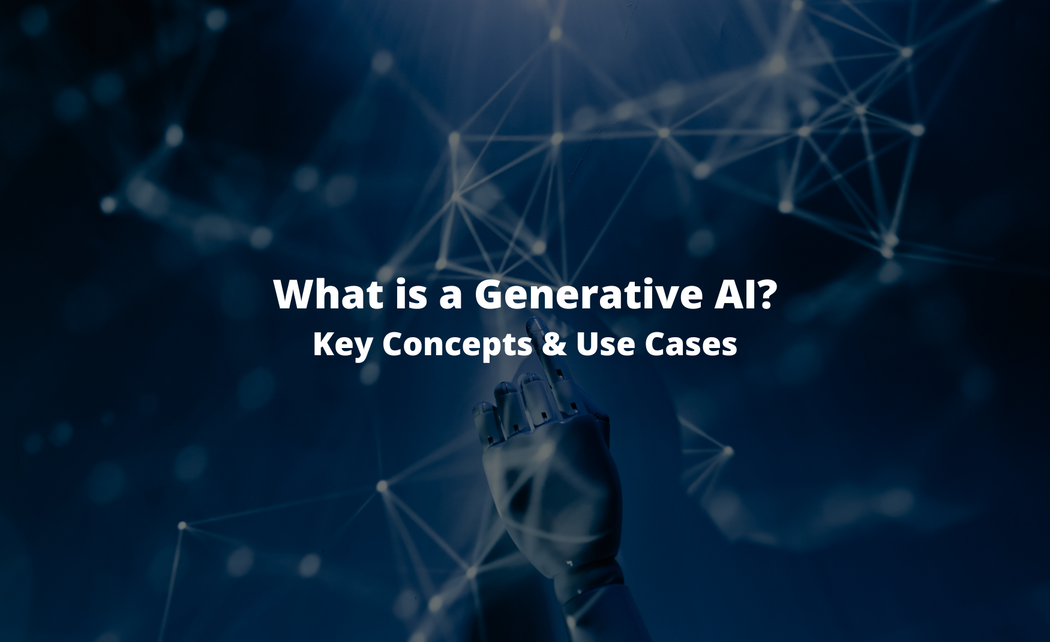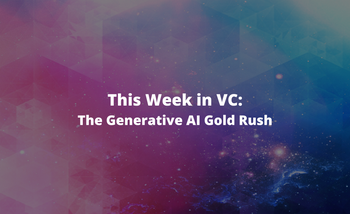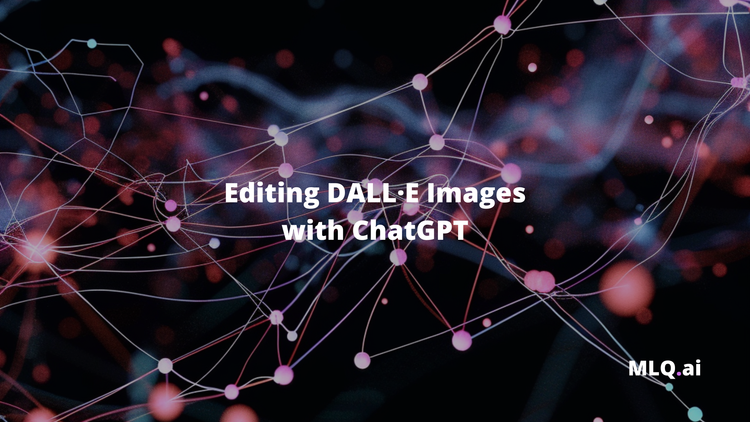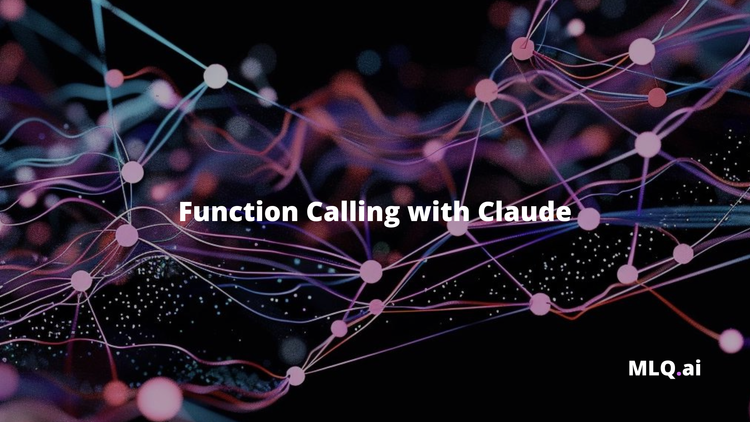In this guide we're going to discuss key concepts & use cases of one the most popular sub-industries in tech right now: generative AI.
In this article, we'll discuss:
- What is generative AI?
- Generative AI startups to watch
- Key terms to know about generative AI
- What are some examples of generative AI?
- What are generative architectures?
- What are the main types of generative models?
- Generative AI startups to watch
Stay up to date with AI
What is generative AI?
Generative AI is a sub-field of machine learning that involves generating new data or content based on a given set of input data. This can include generating text, images, code, or any other type of data.
Generative AI typically uses deep learning algorithms, such as generative adversarial networks (GANs), to learn patterns and features in a given dataset, and then generate new data based on the underlying input data.
The goal of generative AI is thus to create new, synthetic data that is as close as possible to the real-world input data.
The most common example of generative AI right now is of course ChatGPT, which is a Large Language Model (LLM) that has taken the internet by storm and crossed 1 million users in its first 5 days...
ChatGPT launched on wednesday. today it crossed 1 million users!
— Sam Altman (@sama) December 5, 2022
Key terms to know about generative AI
Before we get into the details of generative AI, let's briefly review a few key terms you should know:
- Deep learning: A subset of machine learning that uses neural networks to learn complex patterns and relationships from large datasets.
- Generative adversarial networks (GANs): A type of deep learning algorithm that uses two neural networks (a generator and a discriminator) to generate new, synthetic data that resembles the original input data.
- Data augmentation: The process of generating additional data to expand a dataset and ideally improve the performance of your model.
- Synthetic data: Synthetic data is generated by an algorithm, rather than being collected from real-world observations.
- Natural language processing (NLP): NLP is a type of machine learning algorithm that is used process, analyze, and understand human language.
- Computer vision: Computer vision is another type of machine learning algorithm used to interpret and understand visual data, such as images and video.
- Reinforcement learning: RL is a branch of machine learning in which an AI agent learns to take actions in an environment in order to maximize a particular reward.
- Generative model: A type of machine learning model that generates new data, rather than making predictions based on existing data.
What are some examples of generative AI?
Now that we know a few key terms about generative AI, let's look at a few examples of how it can be used:
Content creation
Generative AI can be used as a collaborative writing assistant, for example to help create content such as news articles or product descriptions
Aside from ChatGPT, the biggest startup in the text generation space is Jasper.ai, which recently raised a massive $125 million series A round:

In addition to text-based content, generative AI can be used to create new images or videos based on a given dataset of images or videos, such as creating realistic-looking faces or landscapes.
A notable company in the AI-based video generation space is Synthesia:
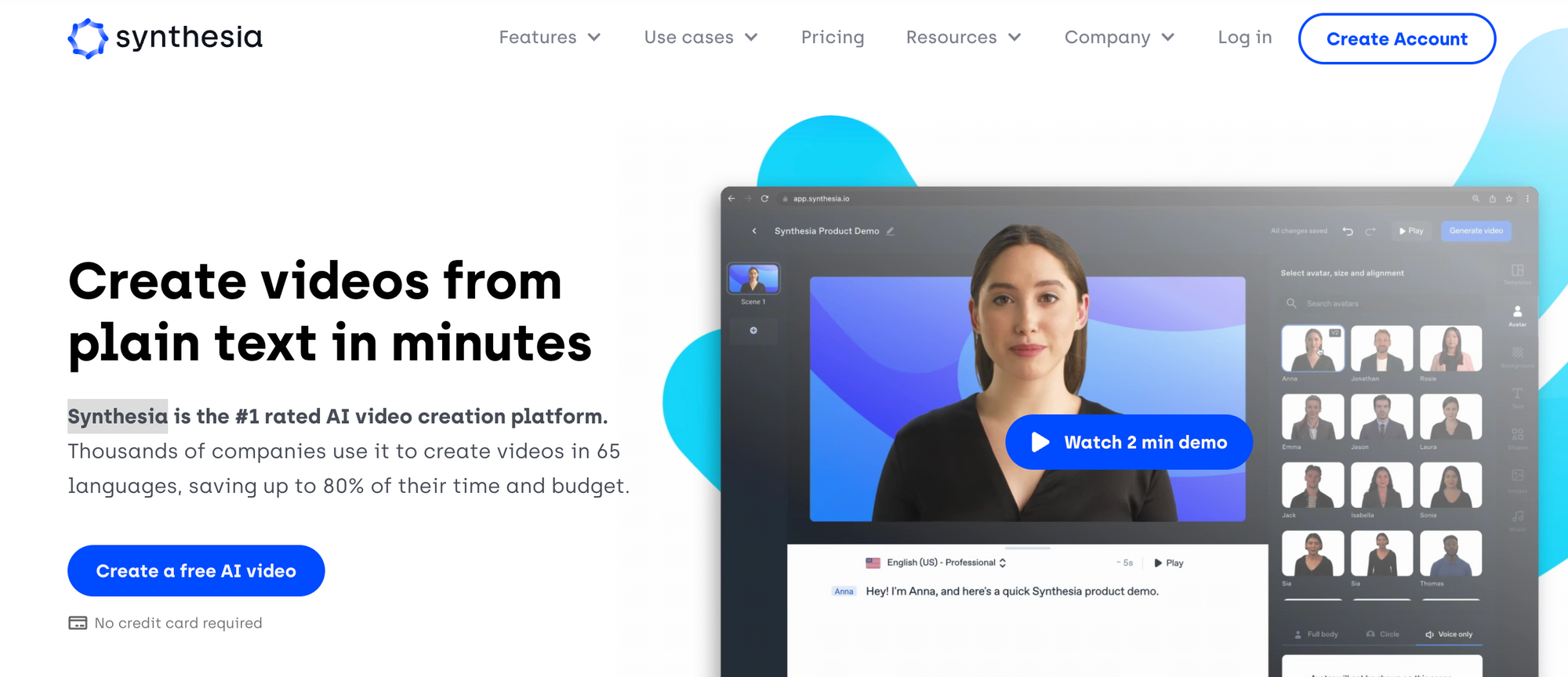
Art, Entertainment & Music
Generative AI has also been making waves in the music & entertainment industiry for a number of use cases, including script writing, synthetic video creation, and more.
In addition to visual media, generative AI is being used to create new music and audio, such as songs, sound effects, and so on.
Lastly, generative AI is capable of producing impressive and creative designs and artwork.
The most notable image generator is right now called DALLE-2 and also comes from OpenAI, which is:
...a new AI system that can create realistic images and art from a description in natural language.
Just for fun, here's an image from DALLE-2 with the prompt:
Generate a 3D rendering of a futuristic world where humans and AI live harmoniously

...don't see any humans in that picture, nor does it look very harmonious so that's a bit worrisome...but anyways.
Here's another example of an image generated with DALL-E 2, with the prompt
Generate a 3D render of an AI assistant on the moon
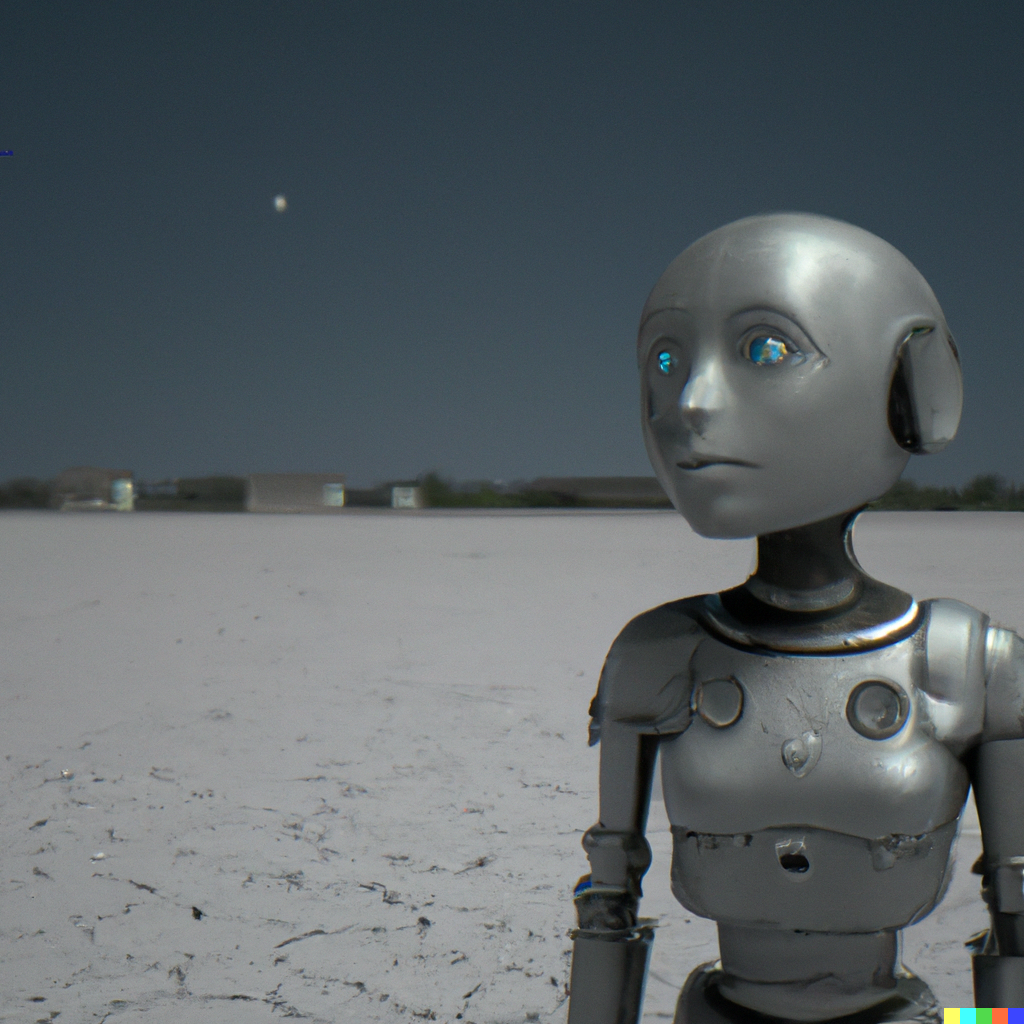
A bit more friendly looking at least...moving on.
Medicine & drug discovery
Generative AI and generative adversarial networks have also been used in the field of medicine, for example by generating novel molecule combinations for drug discovery.
As IBM Research writes, the current process of drug discover is time-consuming and coststly:
Novel drug design is difficult, costly and time-consuming. On average, it takes $3 billion and 12 to 14 years for a new drug to reach market.
Generative AI can help reduce these costs and shorten the time to discovery:
Deep generative models, such as variational autoencoders and generative adversarial networks, are considered promising for computational creation of novel molecules due to their state-of-the-art results in virtual synthesis of images, text, speech, and image captions.
What are generative architectures?
Now that we know a few real-world use cases, let's discuss what's under the hood (aka the architecture) of generative AI
A generative architecture is a type of deep learning algorithm that is specifically designed to generate new data, which as we've discussed can be images, text, audio, and so on.
These architectures typically use a type of machine leanring algoirhtm called a generative adversarial networks (GANs).
A GAN consists of two neural networks that are dueling against each other (hence the "adversarial" part):
- The generator network creates new data that is good enough so that it tricks the other neural network into thinking it's real data
- The discriminator network is on the other side and tries to distinguish between generated synthetic data from real data.
As the discriminator gives more and more details to the generator about what looks real and what doesn't, the generator can then (ideally) produce data that is increasingly similar to the real data over time.
The end result after training is a generative AI model that can produce synthetic data is almost if not entirely indistinguishable from real data.
Check out our article on What are Generative Adversarial Networks (GANs)? to learn more:

What are the main types of generative models?
There are several different types of generative models, which can be broadly grouped into two categories:
- Unsupervised generative models
- Supervised generative models
Unsupervised generative models are trained on unlabeled data, and over time learn to identify underlying patterns and features in the data without being told exactly what they should be looking for.
These models can then generate new data that is similar to the original data. Examples of unsupervised generative models include autoencoders and generative adversarial networks (GANs).
Conversely, supervised generative models are trained on labeled data, where each piece of data has a specific label with a class or category.
Supervised learning models learn to associate certain patterns and features with specific classes based on these labels, and can use this information to generate new data that belongs to a particular class.
Examples of supervised generative models include conditional GANs and variational autoencoders (VAEs).
Overall, the type of generative model used depends on what type of data you want to generate, and they can also used together sometimes with ensemble models, but we'll save that for another article.
Summary: Generative AI
As we've discussed, generative AI is a subset of machine learning that involves generating new synthetic data or content based on a set of input data.
Generative AI is taking the internet by storm right now as it has a number of both fun and real-world use cases, for example in the fields of:
- Content creation
- Art, music, & entertainment
- Drug discovery
Ultimately, the goal of generative AI and its underlying model architecture is to create new, synthetic data that is as close as possible to real-world data.

